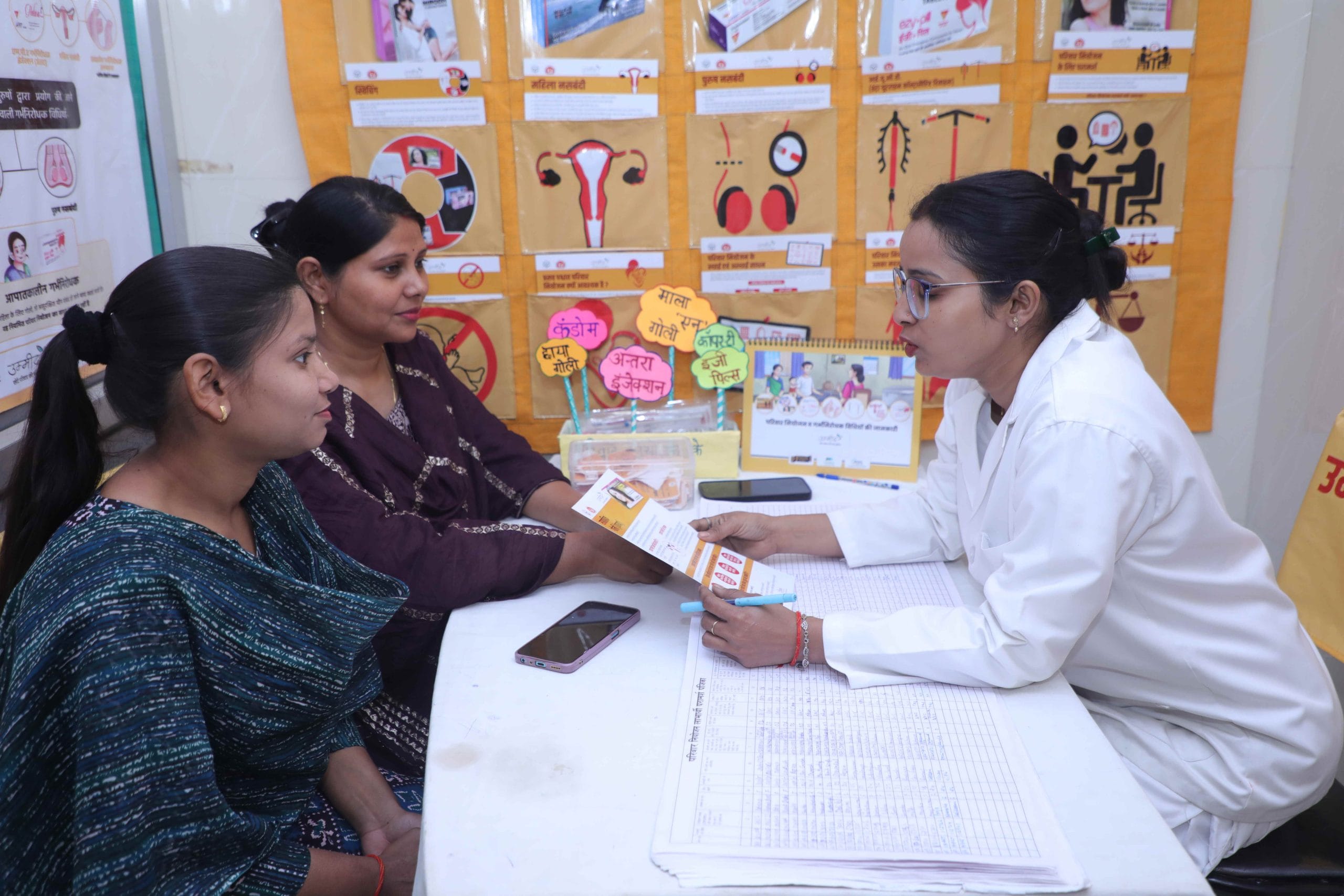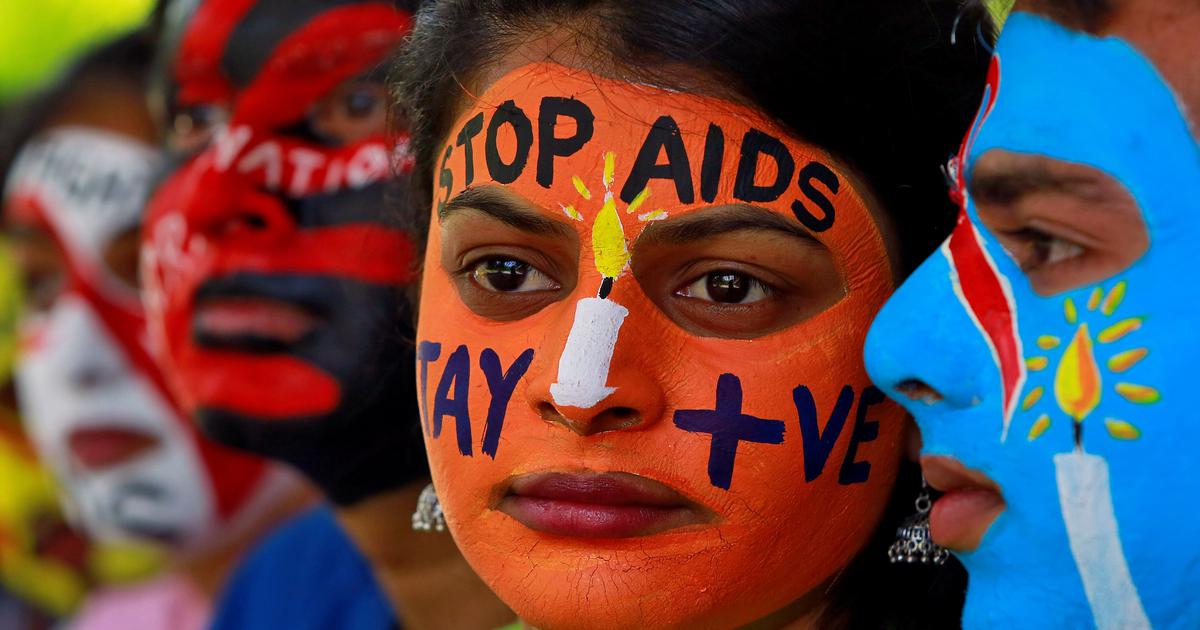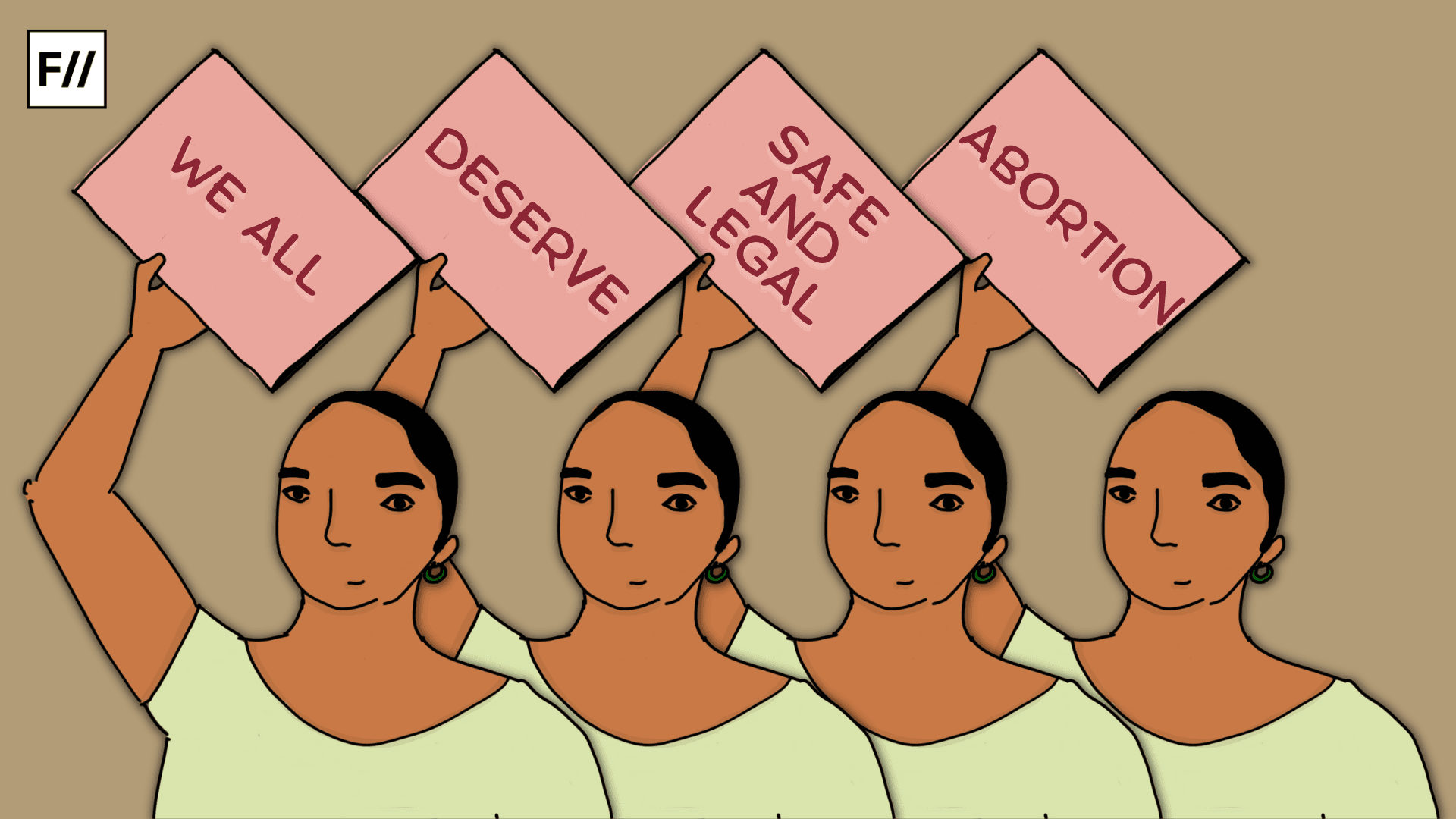On World Contraception Day, we must say clearly: contraception is not just about family planning, it is about freedom. The power to decide if, when, and how many children to have is the foundation of women’s autonomy, their dignity, and their economic independence. Without that power, every other promise of empowerment—education, work, equality—rests on shaky ground. Yet in India, this fundamental right is repeatedly denied, reduced to a state-sanctioned obsession with sterilisation and filtered through patriarchal norms that strip women of choice.
The history of contraception in India is one of systemic bias. Female sterilisation accounts for two-thirds of all modern contraceptive use, according to NFHS-5. On paper, India’s public health system offers eight contraceptive options—condoms, oral pills, emergency contraceptives, intrauterine devices, hormonal injectables, the Centchroman pill, and male and female sterilisation. However, in practice, the landscape of choice is narrow, shaped by decades of population control policies that have cast women as the primary site of intervention. The female body has long been the terrain on which the state enacts its demographic ambitions, while men remain almost absent from the reproductive equation.
The female body has long been the terrain on which the state enacts its demographic ambitions, while men remain almost absent from the reproductive equation.
Meanwhile, reports of deaths caused by botched-up sterilisations in the public health system crop up every few months or so. In May this year, in Rajsamand, Rajasthan, Dali Bai, just days after delivering her fourth child, died following a sterilisation surgery, her family claiming she never regained consciousness. Such cases show how sterilisation is not risk-free, particularly when carried out in less than ideal conditions.
This skew would not matter if sterilisation were one choice among many, freely exercised after informed counselling. Instead, it often reflects systemic pressures and limited information. NFHS-5 shows that more than a third of women who adopt a method are not adequately informed about its side effects or about other available options.
In Western India, particularly in drought-affected areas of Maharashtra, women are reportedly opting for sterilisation as a response to climate stress. The logic isn’t entirely voluntary choice in a vacuum: droughts reduce crop yields and thus income; caring for children under these conditions is seen as more precarious; in many cases, sterilisation is seen as a way to reduce uncertainty or risk for the family under environmental strain.
The invisibility of male contraception only sharpens the injustice. Vasectomy accounts for less than 1% of contraceptive use in India, despite being simpler, safer, and less invasive than female sterilisation. This decline has been steady since the 1970s, fuelled by myths that vasectomy causes weakness or impotence. The absence of large-scale campaigns to engage men reflects an underlying belief that reproduction—and its burdens—belong to women alone. As a result, women bear the physical risks of surgery, the emotional weight of stigma, and the unpaid labour of childrearing, while also striving to participate in the paid workforce.
Women’s bodies are not treated as autonomous, but as machines of labour, stripped of rights and dignity. This is not healthcare—it is pure exploitation.
Sometimes, this denial of choice crosses into outright violence. Several reports from Rajasthan and Maharashtra entail cases of poor agricultural workers being pressured into hysterectomies. The reason: women without wombs are seen as more “productive” because they will not need time off for menstruation or pregnancy. Women’s bodies are not treated as autonomous, but as machines of labour, stripped of rights and dignity. This is not healthcare—it is pure exploitation. And it is only the most extreme expression of a broader truth: women’s reproductive labour is routinely instrumentalised for economic or demographic goals, while their autonomy remains secondary.
Patriarchal control intersects brutally with education and marriage. One in four Indian women is still married before the age of 18. Early pregnancy is a natural corollary to early marriage, pushing girls out of school and thwarting possibilities of financial independence. The absence of comprehensive sexuality education exacerbates things, leaving adolescents vulnerable to myths, shame, and unintended pregnancies. NFHS-5 data revealed that only 10% of Indian women make independent decisions about their own healthcare. These are not just statistics; they are evidence of a society that systematically denies women agency. The denial of contraception is therefore not just a medical gap but a political act: it keeps women economically dependent, educationally disadvantaged, and socially subordinate.
It is not that women are unwilling to use contraception. The unmet need for family planning remains at 24 million women. This is not disinterest; it is unmet demand. Women want to space and plan their pregnancies, but face barriers of information, access, affordability, and—most critically—permission. When women cannot plan, they face higher risks of maternal mortality, lower chances of completing education, and reduced prospects for decent work. When they can, the benefits multiply. Education increases the likelihood of workforce participation. Paid work strengthens decision-making power within families. Economic independence, in turn, makes access to healthcare and contraception more secure. Fertility, empowerment, and work are not separate stories; they are strands of the same braid.
Condoms are dismissed as unreliable, and male sterilisation is caricatured as emasculation. These myths persist because comprehensive sexuality education is absent, because public discourse remains prudish, and because patriarchy thrives in silence.
And yet, misinformation continues to unravel this braid. Pills are still demonised as causing infertility. Intrauterine devices are dismissed with the absurd claim that they “move around the body.” Condoms are dismissed as unreliable, and male sterilisation is caricatured as emasculation. These myths persist because comprehensive sexuality education is absent, because public discourse remains prudish, and because patriarchy thrives in silence. At the same time, son preference means that women must continue to bear children until a male heir is born. For many women, voicing a desire to stop childbearing is not just ignored but punished—NFHS-5 reports that nearly one in three Indian women has faced spousal violence. Reproductive coercion is not just about clinics or policies; it plays out daily in homes and marriages. Contraception, therefore, must be seen not only as a public health service but as a frontline of women’s rights and safety.
Globally, the evidence is unequivocal: when women control their fertility, economies flourish. The World Bank estimates that closing gender gaps in labour earnings could unlock $172 trillion worldwide. For India, multiple studies indicate that increasing women’s workforce participation could add several trillion dollars to the country’s GDP, underscoring the enormous economic cost of exclusion. But these gains will remain out of reach if women’s bodies continue to be sites of control rather than choice.
The answer cannot be more of the same—more sterilisation, more targets, more rhetoric. The answer lies in reframing contraception itself. It must no longer be viewed as a tool of population control, but rather as a pillar of reproductive justice. That means broadening access to temporary and reversible methods, investing in information and counselling, and dismantling the stigma that surrounds contraception. It also means engaging men not as spectators but as equal partners in reproductive responsibility. Until men take equal responsibility for contraception, women will remain trapped in an unequal burden of both biology and patriarchy.
Equally important is recognising the link between contraception and violence. Denial of contraceptive choice is not only a health issue but a frontline of women’s safety and dignity. If women cannot refuse sex without fear of violence, if they cannot decide to stop childbearing without risking abuse, then reproductive health cannot be reduced to clinics and supplies. It must be rooted in gender equality, legal protections, and a cultural shift that dismantles patriarchal entitlement.
Until India confronts this reality, its demographic dividend will remain a hollow promise, built on the unpaid, unacknowledged labour of women denied the most basic right of all: the right to control their own bodies.
About the author(s)
Poonam Muttreja, Executive Director of the Population Foundation of India, has for over 40 years been a strong advocate for women’s health, reproductive and sexual rights, and rural livelihoods. She has co-conceived the popular transmedia initiative, Main Kuch Bhi Kar Sakti Hoon – I, A Woman, Can Achieve Anything. Before joining PFI, she served as the India Country Director of the John D and Catherine T MacArthur Foundation for 15 years and has also co-founded and led the Ashoka Foundation, Dastkar, and the Society for Rural, Urban and Tribal Initiative (SRUTI). An alumna of Delhi University and Harvard University’s John F Kennedy School of Government, Poonam serves on the governing council of several non-governmental organisations, and is a regular commentator in India and globally for television and the print media.





